As the winter season approaches, garden enthusiasts must prepare to navigate its unique challenges. Critical gardening mistakes should be avoided to ensure a successful winter garden, whether cultivating vegetables, tending to flowers, nurturing herbs, or cultivating fruits. In this expert guide, we will delve into the intricacies of winter gardening, providing valuable insights on protecting your plants from the harsh cold, frost, and other seasonal hazards. From selecting the right varieties to mastering cold-weather care techniques.
What are Garden Mistakes?
Gardening mistakes encompass a range of common errors and significantly impact your garden’s health and productivity. These missteps are essential to avoid for successful gardening. Overwatering, for instance, is a common mistake, as excessive moisture can cause root rot and fungal issues. On the flip side, underwatering can deprive plants of essential hydration. Poor soil preparation, including inadequate nutrients or improper pH levels, can hinder plant growth. Planting at the wrong time or location can also lead to reduced yields.
15 Gardening Mistakes to Avoid This Winter
Overwatering During the Dormant Season
Overwatering during the dormant season is a common gardening mistake that can harm plants. During this period, plants, particularly trees and shrubs, rest, conserving energy for the upcoming growing season. Excess moisture can saturate the soil, causing problems such as suffocating roots, weakening plants, and increasing disease susceptibility.
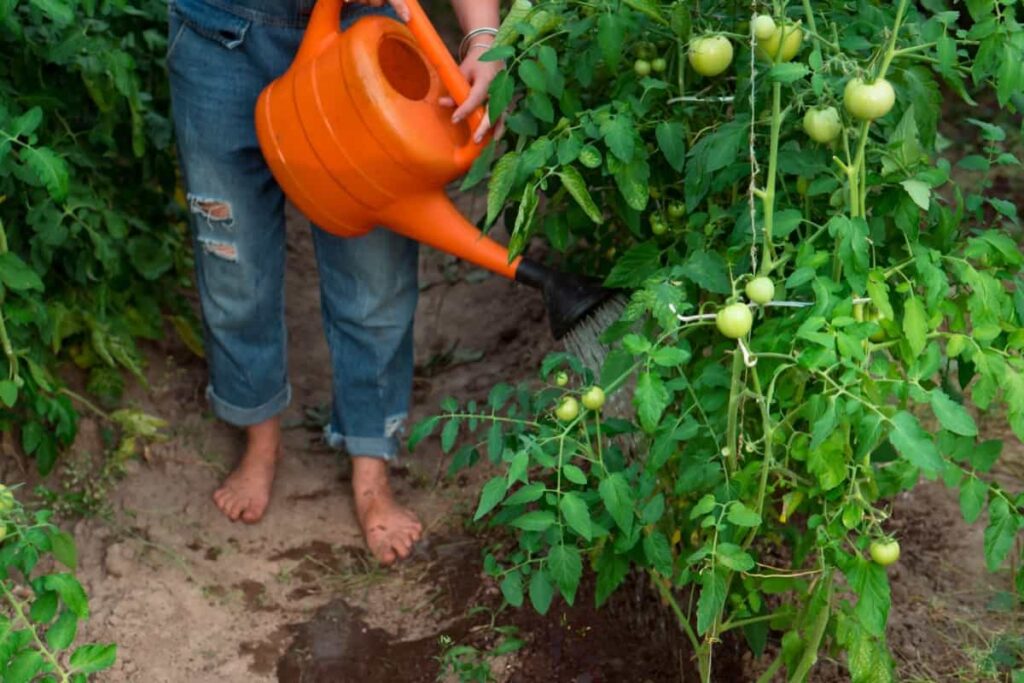
Overly moist soil can also cause root rot, a lethal fungal infection. To avoid overwatering, it’s crucial to monitor soil moisture carefully, using a moisture meter or finger to check for dampness. Adjusting the watering schedule based on plant species’ requirements can help prevent this issue.
Using Inappropriate Fertilizers or Excessive Amounts
Inappropriate or excessive fertilizer use can harm your garden and the environment. Inappropriate fertilizers can disrupt soil nutrient balance, hindering growth. Soil tests are essential to determining specific nutrient needs before selecting a fertilizer. Over-fertilization, where excess nutrients leach into groundwater or run off into nearby water bodies, can cause water pollution and plant damage.
To avoid these issues, follow the recommended dosage instructions on the fertilizer label, consider using slow-release fertilizers that release nutrients gradually, and opt for organic fertilizers that release nutrients slowly and improve soil health over time. Organic fertilizers are a more forgiving option as they slowly release nutrients and improve soil health.
Not Protecting Plants From Frost and Freezing Temperatures
Frost and freezing temperatures can severely damage your garden if not handled properly. Cover your plants overnight with frost cloths, blankets, or old bedsheets to trap heat and prevent frost from settling on them. Apply a mulch layer around the base to protect the soil moisture and roots from extreme cold. Choose cold-resistant plants that can withstand chilly temperatures without severe damage. Water your plants thoroughly before a cold night to maintain moist soil, which holds heat better than dry soil, and keep the roots warmer.
Neglecting to Mulch Properly
Refrain from failing to mulch is a gardening mistake that can harm plants and soil. Mulch is a protective layer of material, often organic, spread over the soil’s surface. When done correctly, it conserves moisture, acts as insulation, suppresses weed growth, and improves soil quality over time.
In case you missed it: Terrace Gardening ideas for Home in India: For Vegetables, Fruits, Flowers, and Herbs
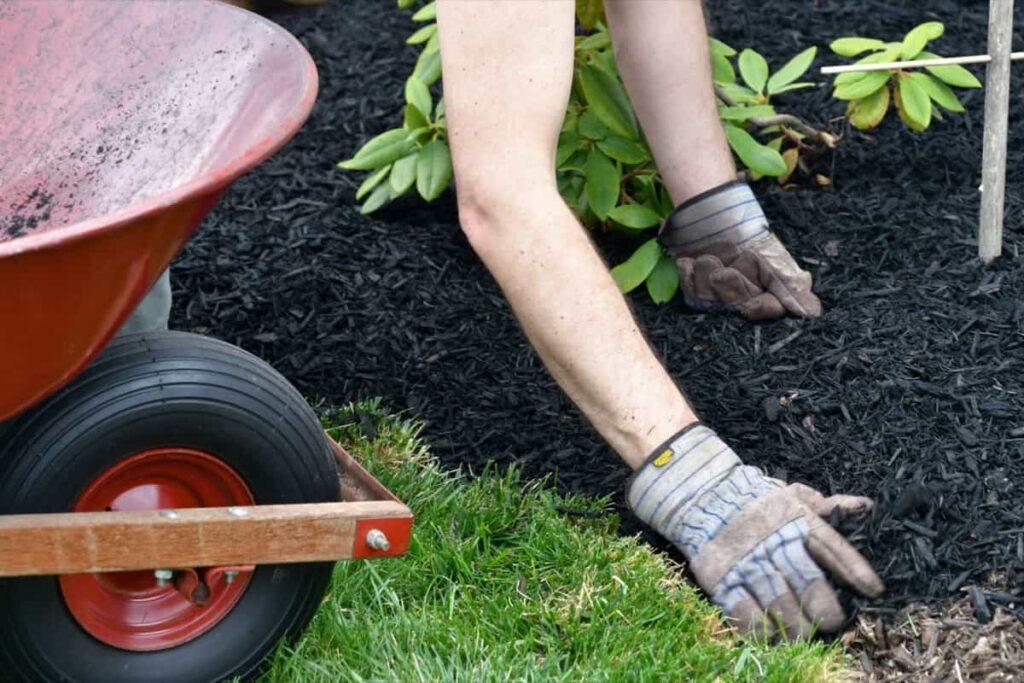
However, neglecting mulch can have adverse effects, such as suffocating plant roots and providing inadequate protection. It is essential to maintain a layer around 2-4 inches thick and avoid piling mulch against plant stems, as this can promote disease and pest issues. It is crucial to apply mulch correctly to avoid over-watering plant roots and to ensure proper soil quality.
Failing to Clean and Maintain Gardening Tools
Many gardeners need to clean and maintain their gardening tools, which are crucial for the health of their plants and the longevity of their equipment. Unclean tools accumulate soil, debris, and plant residues, harboring harmful pests and diseases that can be transferred to healthy plants.
Regular maintenance, such as oiling moving parts and tightening loose screws or bolts, can extend the life of your tools. Dull blades on pruners, shears, or hoes can damage plants and require more effort. Rust, a common issue, can also affect gardening tools, making them less effective over time. Use a brush wire to remove rust and apply a protective coating to prevent this.
Ignoring Soil Preparation and Amendments
Soil preparation and amendments are crucial for healthy gardens, providing plants with essential nutrients, water, and support. These steps are necessary to ensure good nutrient availability, compacted soil, and drainage issues. With proper amendments, plants may be able to access necessary nutrients, resulting in stunted or discolored foliage.
In case you missed it: The Importance of Soil Health in Farming: Role of Soil in Sustainable Agriculture
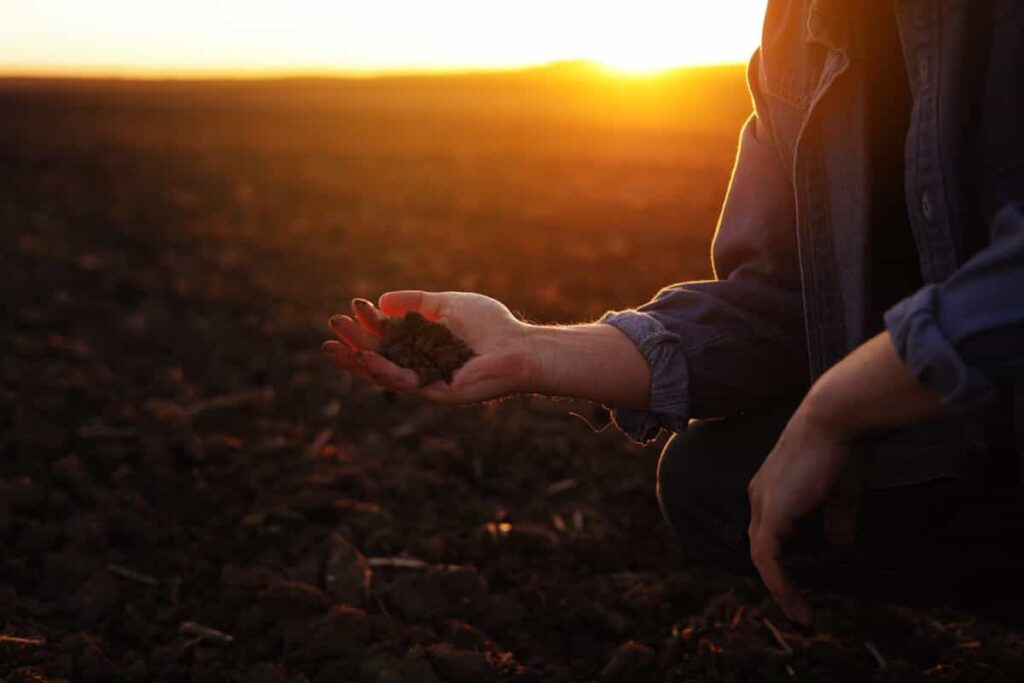
Ignoring soil preparation can also cause compacted soil, making it difficult for roots to penetrate and causing poor aeration. Soil lacking organic matter can also struggle with drainage, increasing the risk of waterlogged roots and root rot. To ensure a flourishing garden, prioritize soil preparation by testing pH and composition and amend it with organic matter like compost. A well-prepared soil foundation sets the stage for a flourishing garden.
Planting Too Late in the Season
Planting too late in the season can significantly impact a plant’s growth and overall success. It involves putting seeds or young plants into the ground later than the optimal time for their species or variety. Plants have specific temperature preferences for germination and growth, and planting too late can expose them to colder temperatures, stunting growth or even killing them.
Additionally, shorter daylight hours in late seasons can limit the sunlight plants receive, which is essential for photosynthesis. Late planting may also result in a shorter growing season, as some plants require specific days to mature and produce fruits or flowers, limiting their potential growth.
Forgetting to Provide Adequate Drainage
Drainage is crucial for plants to thrive and is essential for their growth. It allows excess water to escape, preventing soil from becoming watery and leading to root rot. Poor drainage can cause root rot, nutrient washout, soil compaction, and pest Havens. Please choose the right soil mix or amend it with organic matter to ensure good drainage.
Elevate your planting area to prevent water accumulation, use proper containers with drainage holes, mulch wisely to retain moisture but can hinder drainage if overused, and regularly inspect your garden for standing water issues. Following these guidelines ensures your plants have the necessary nutrients, grow happily, and avoid the negative consequences of poor drainage.
Not Providing Enough Sunlight for Indoor Plants
Insufficient sunlight for indoor plants can hinder their growth, leading to leggy plants, reduced flower or fruit production, and yellowing leaves due to insufficient chlorophyll production. Plants need light for photosynthesis, which converts light energy into food. Leggy plants grow tall and spindly, weak, and prone to falling over.
In case you missed it: 15 Best Weed Removal Tools with Price: Top Hand Weeders for Your Garden and Farm
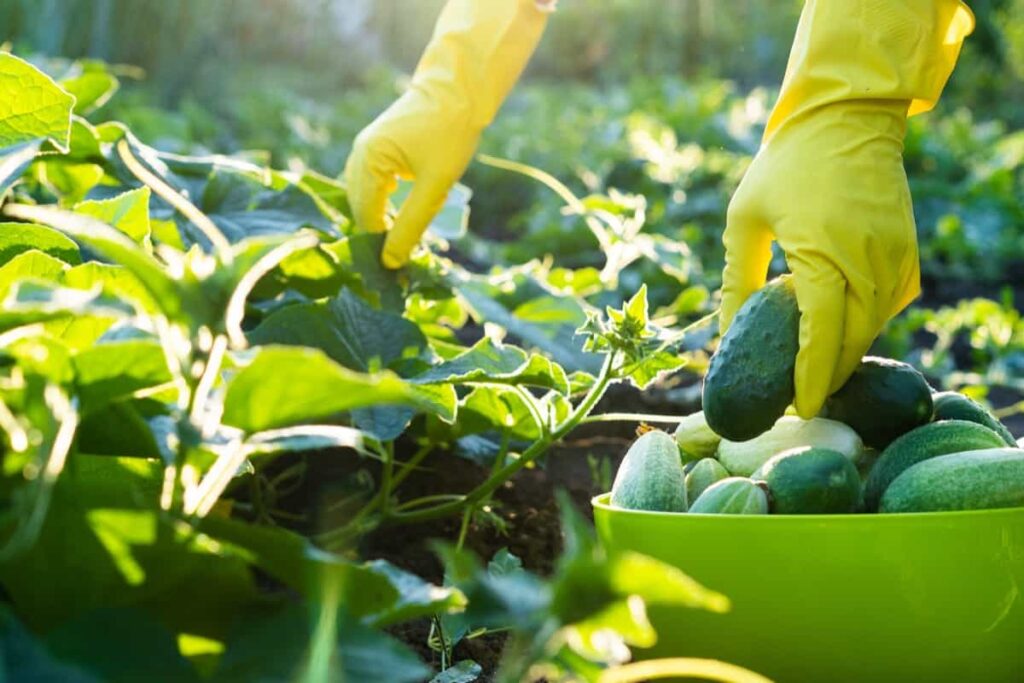
Insufficient light can also reduce the plant’s ability to reproduce, as it lacks the resources to do so. Place indoor plants near a bright window for indirect sunlight for several hours a day to address this issue. If natural light is scarce, use artificial grow lights designed for plants. Research the specific light requirements of your plants to ensure they can tolerate lower light levels better.
Failing to Monitor and Adjust Watering Schedules
Failing to monitor and adjust watering schedules is a common gardening mistake that can significantly impact plant health. Overwatering can lead to soil waterlogging, causing root rot and potentially killing plants. Regularly checking soil moisture levels is crucial, indicating if the soil is damp.
Underwatering can cause stress, wilting, and even death in plants. To avoid this, water deeply when needed, ensuring it reaches the root zone. Weather conditions also play a role, with hot and dry periods requiring more watering and cooler and rainy periods requiring less. Therefore, adjusting watering schedules according to changing seasons and weather patterns is essential for optimal plant growth.
Neglecting to Take Care of Garden Structures and Supports
Paying attention to care for garden structures and supports can positively impact plant health and productivity. These structures, such as trellises, stakes, fences, and cages, are essential for supporting and protecting plants. Neglecting these structures can lead to plants sprawling, exposing them to pests and diseases. Properly maintained structures also provide adequate air circulation, reducing the risk of fungal diseases.
They also prevent physical damage to plants, as heavy fruits or vegetables can touch the ground, causing damage or rot. Vertical gardening, which maximizes space and sunlight exposure, can only be limited with proper support. Broken or deteriorating structures pose safety hazards, and regular maintenance can extend the life of these structures, saving money in the long run.
Using Improper Pruning Techniques
Improper pruning techniques can harm plants, hindering healthy growth, flowering, and maintaining desired shapes. Common mistakes include “topping” the main stem, excessive pruning, and incorrect timing. It’s better to trim branches to prevent weak, unstable growth selectively. Excessive pruning can stress the plant and disrupt its natural growth patterns.
In case you missed it: 16 Best Garden Pruning Shears: Top Rated with High Quality Within Your Budget
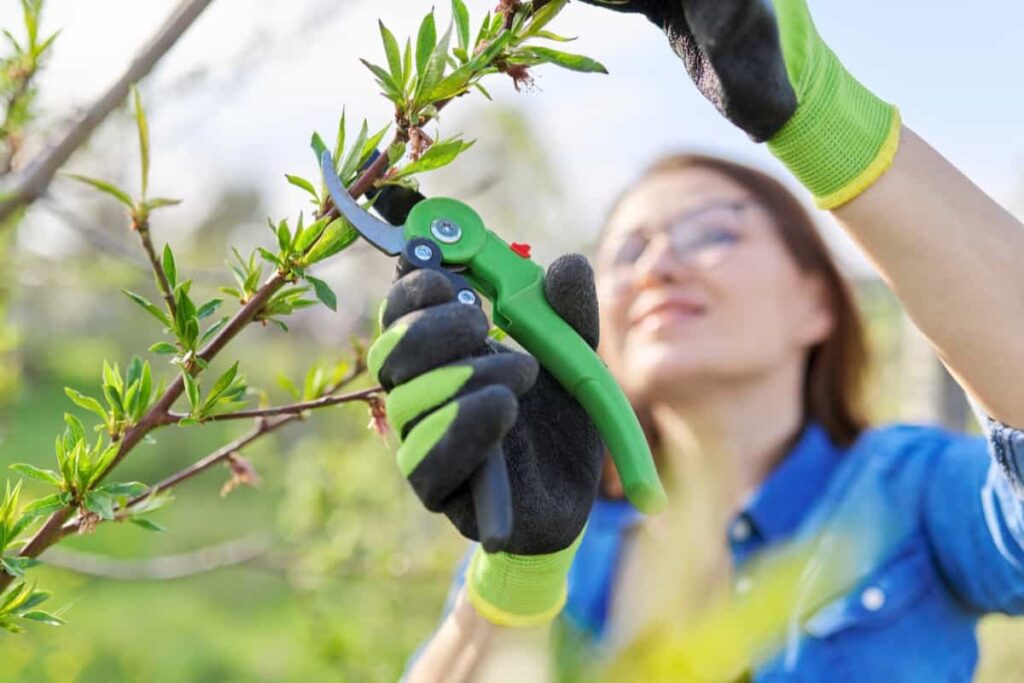
It’s essential to follow guidelines for each plant type and pruning guidelines for each type. Pruning at the wrong time can reduce flowering and overall vitality. Using dull or dirty tools can cause torn or jagged cuts, leaving plants vulnerable to disease. Sharp, clean tools promote faster healing and prevent disease.
Ignoring the Importance of Proper Plant Spacing
Plant spacing is crucial to gardening, ensuring healthy and productive plants. Crowded plants can compete for resources like sunlight, water, and nutrients, causing stunted growth and smaller yields. They are also more susceptible to diseases due to moisture retention and pathogens.
On the other hand, spacing too far can result in wasted garden space and decreased efficiency in resource utilization. Following recommended spacing guidelines for each plant type is essential to avoid these issues based on their mature size. For example, tomatoes and peppers need more space, while lettuce can be planted closer together. The goal is to give each plant enough room to access sunlight, nutrients, and air circulation optimally.
Not Planning for Winter Plant Protection
Winter plant protection is crucial to protect your plants from harsh conditions. Frost damage can cause bursts, so cover sensitive plants with frost cloth or blankets. Mulch can insulate the soil, regulating temperature and preventing root damage. Windbreaks can shield your garden from harsh winter gusts. Potted plants are more vulnerable to freezing, so move them indoors or to a sheltered area.
Trim dead or damaged branches before winter to reduce disease risk and ensure efficient energy allocation. Proper hydration is essential, so water your plants before the ground freezes. Choose hardy plant varieties that can withstand winter conditions in your region. Monitor soil moisture to prevent waterlogging, which can harm plant roots. By following these precautions, you can ensure your garden is protected from harsh winter conditions.
Neglecting to Remove Weeds and Pests
Weeds and pests can significantly impact your garden as they compete for space, water, and nutrients, reducing crop yields and harboring pests and diseases. Weeds can cause significant damage to plants, while pests, including insects and animals, can cause significant damage. Ignoring these issues can reduce crop quality and quantity, with weeds potentially reducing yields by up to 50%.
In case you missed it: Lavender Farming in Jammu and Kashmir: Excellent Profits With Purple Revolution Under Aroma Mission
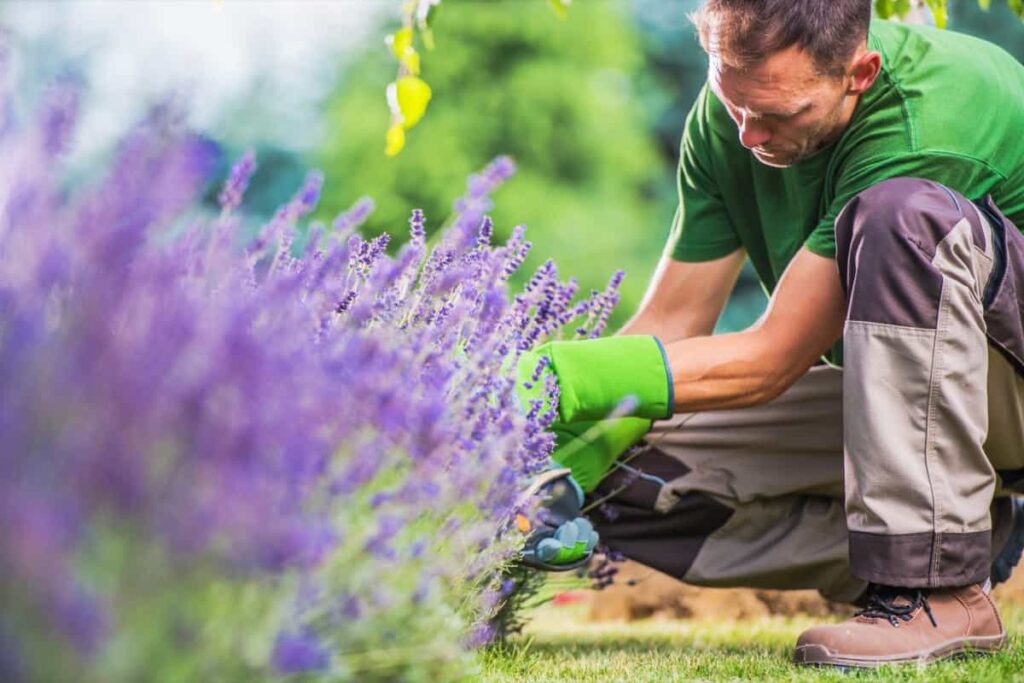
Pesticides can help combat pests, but excessive use can harm beneficial insects and soil health. Regular weeding, pest monitoring, and integrated pest management (IPM) strategies are essential to address these issues. IPM combines biological control, crop rotation, and pesticides as a last resort.
Conclusion
A successful winter garden hinges on avoiding common mistakes. Whether you’re growing vegetables, flowers, herbs, or fruits, taking precautions like proper planning, soil care, and maintenance of garden structures is key. By sidestepping these pitfalls, you’ll nurture a thriving winter garden that flourishes even in the coldest months.
- Management Pests and Diseases in Your Cotton Field
- Sheep Farming Business Plan for Beginners
- Aquaponic Farming at Home: A Step-By-Step Guide
- Profitable Village Farming Business Ideas in 2024
- High-Yield Aquaculture: Fast-Growing Fish for Farming
- Effective Fish Pond Construction Techniques for Beginners
- Irrigation and Water Management in Pineapple Farming
- Blossom to Harvest: Mastering Flowering and Pollination in Papaya Farming
- Pig Fattening Essentials: From Selection to Sale for Beginners
- Raising Wagyu Cattle: A Complete Guide for Premium Beef Production
- Soil Types and Their Water Holding Capacity
- Optimizing Irrigation Schedules for Coconut Groves for Enhanced Yield
- Espresso Your Garden: Coffee Grounds for Healthier Acid-Loving Plants
- The Best Soil Mix for Snake Plants: How to Mix Your Own Snake Plant Soil
- Green Thumb Success: Expert Tips for Cultivating Greenhouse Beans All Year Round
- Bloom All Year Round: The Ultimate Guide to Indoor Hyacinth Care
- Eco-Friendly Gardening: How to Make Liquid Fertilizer from Kitchen Waste
- Ultimate Guide to Grow Anise in Pots: Explore Seed Propagation to Harvesting
- Guide to Raising Chester White Pigs: Discover Breed Facts to Growth Management
- Mastering the Elegance: The Ultimate Guide to Weeping Cherry Tree Care, Planting, and Maintenance
- Ultimate Guide to Planting Garlic in Grow Bags: Growing Strategies for Beginners
- How to Fix Spider Plant Leaf-Related Problems: Natural and Organic Remedies
- 10 Reasons Why Your Tulsi Plant is Shedding Leaves: Home Remedies and Solutions
- Optimizing Growth and Yield: The Advantages of Palm Bunch Ash Fertilizer
- Utilizing Neem Oil Extract as a Natural Pesticide for Hydrangea
- From Soil to Harvest: Various Ways in Which Farmers Can Use AI Tools
- Steps to Encourage and Induce Citrus Flowers: A Comprehensive Guide
- How to Fix Snake Plant Leaf-Related Issues: Natural and Organic Remedies
- Transform Your Garden into a Fragrant Oasis with Raat Ki Rani (Night Blooming Jasmine)
- Discover the Ideal Chicken Breeds for Philippine Farms
- How to Create a Poultry Egg Farm Business Plan for Profits
- Grow Lemon Cucumbers Like a Pro: Insider Techniques for Bountiful Yields
- Ultimate Guide to Caring for Your Pink Princess Philodendron: Tips for Thriving Variegation
- Areca Nut Profit Per Acre: Calculating Yield and Cost of Cultivation
- How Kaveri Chicken is Becoming a More Profitable Breed in Indian Backyards
- Transform Your Barn: 9 Steps to Convert a Horse Stall into a Chicken Coop
